Amidst rising concerns about the impact of social media exposure on young people, a new proposal has been suggested that would see social media face warnings similar to those put on tobacco products.
In an article for the New York Times, US Surgeon General Vivek H. Murthy has argued that all social media apps should come with a label warning of their risks – similar to those imposed on cigarettes and other tobacco products.
The Power of Labels
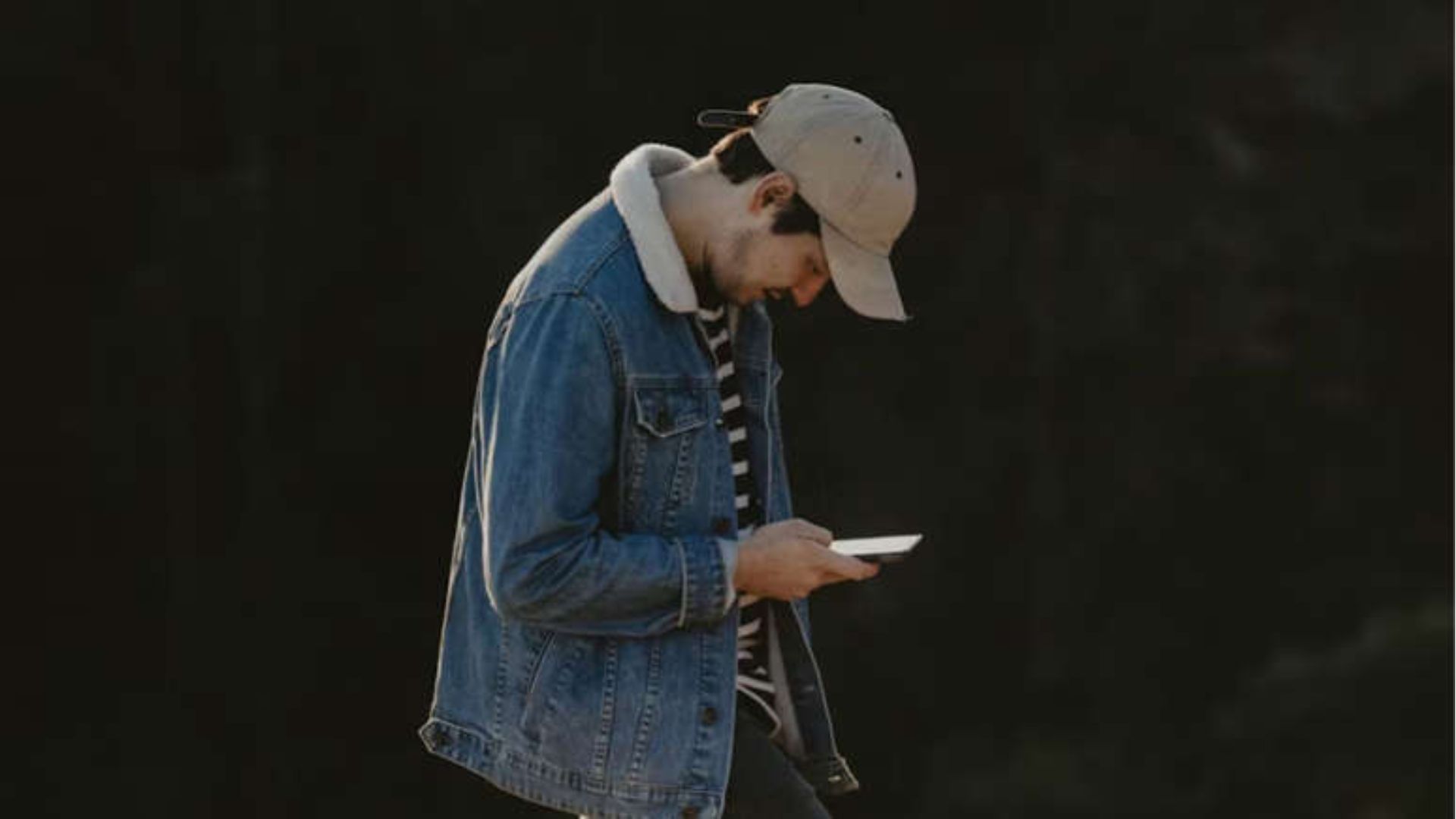
Warning labels were added to packets of cigarettes in 1965 after a report by then-Surgeon General Luther L. Terry linking smoking to lung cancer and heart disease.
In his op-ed, Murthy said, “Evidence from tobacco labels shows that surgeon general’s warnings can increase awareness and change behavior.” However, he also added that much more would need to be done to curb the harmful impact of social media.
How Much Time Do Teens Spend on Social Media?
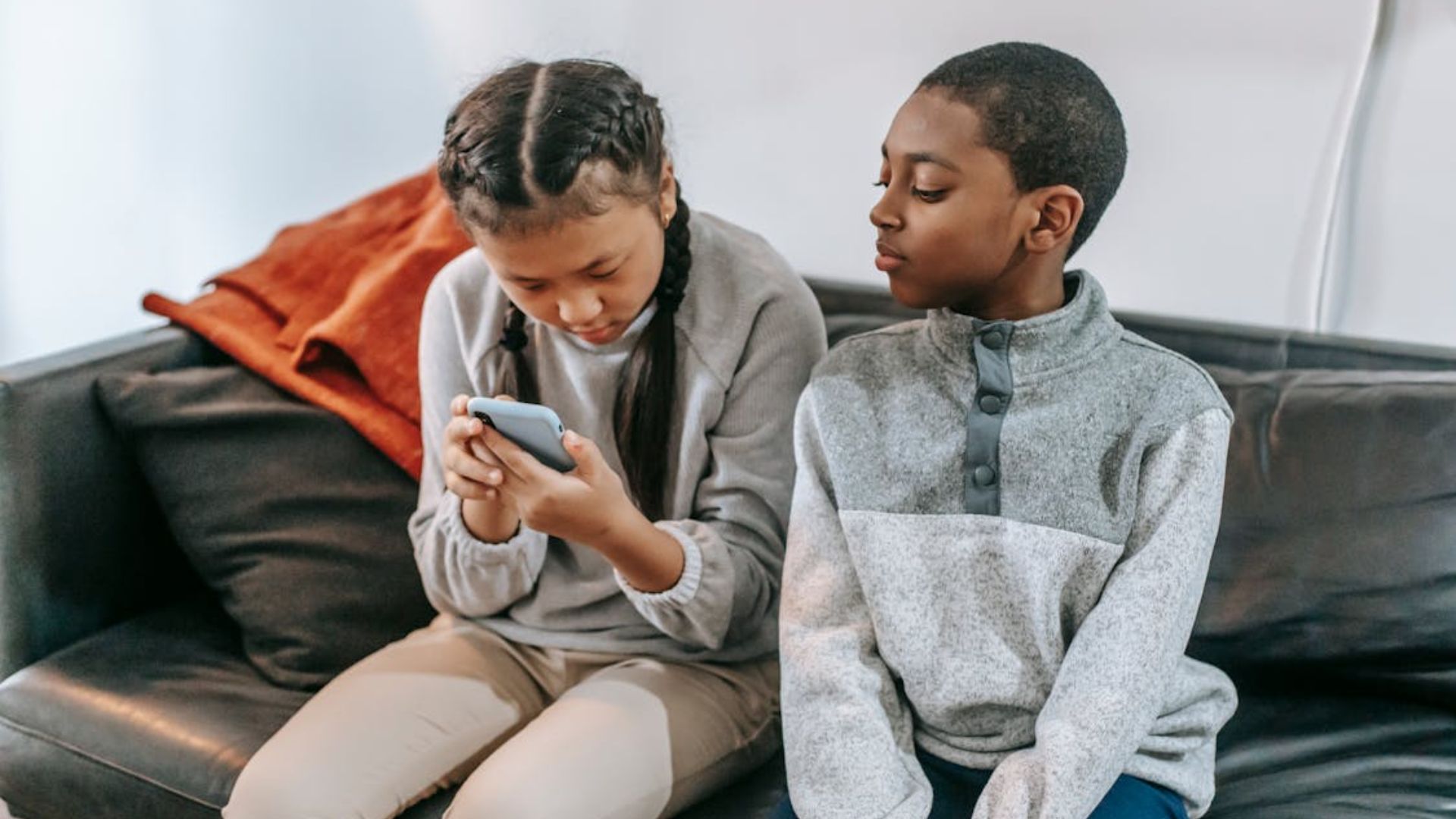
As of Summer 2023, the average amount of time adolescents spent on social media was 4.8 hours a day. The vast majority of this time is split between three apps – Youtube, TikTok and Instagram.
Meanwhile, another 2023 study found that the average daily screen time for teenagers was 7 hours and 22 minutes – an increase of 2 hours a day since 2015.
What is The Impact of Excess Screen Time?
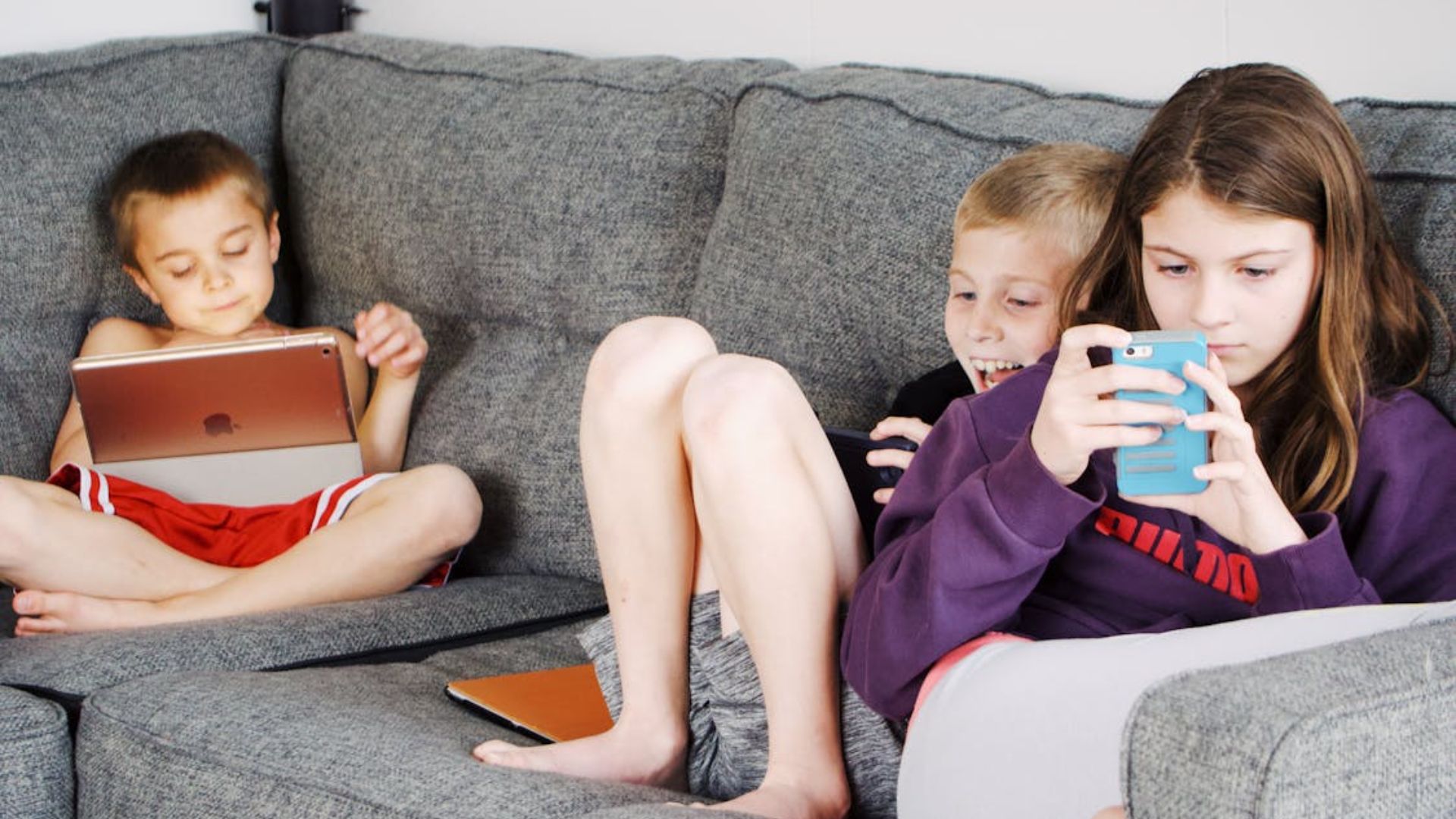
In his New York Times article, Murthy says, “Adolescents who spend more than three hours a day on social media face double the risk of anxiety and depression symptoms.”
Murthy adds, “Additionally, nearly half of adolescents say social media makes them feel worse about their bodies.” Previously, excess social media use has been linked to sleeping difficulties, eating disorders and loneliness.
The Anxious Generation
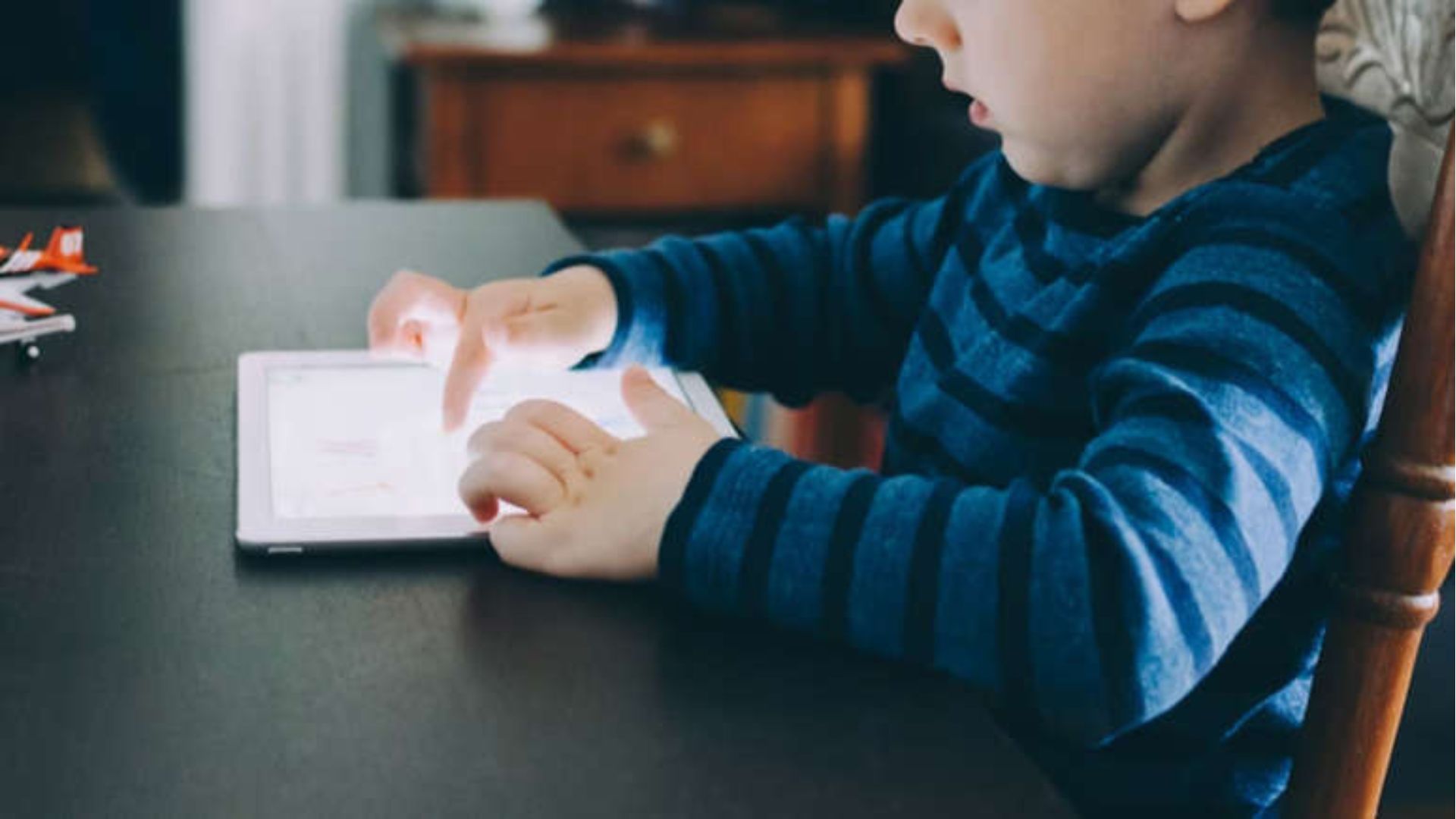
Earlier this year, social psychologist Jonathan Haidt earned an instant #1 New York Times bestseller with his book ‘The Anxious Generation’ – which warns of the risks of a phone-based childhood.
In ‘The Anxious Generation’, Haidt argues that children should not be given smartphones before age 13 and should not be allowed access to social media until 16. He says, “Let kids get through the most vulnerable period of brain development before connecting them to a firehose of social comparison and algorithmically chosen influencers.”
The Surgeon General Weighs In
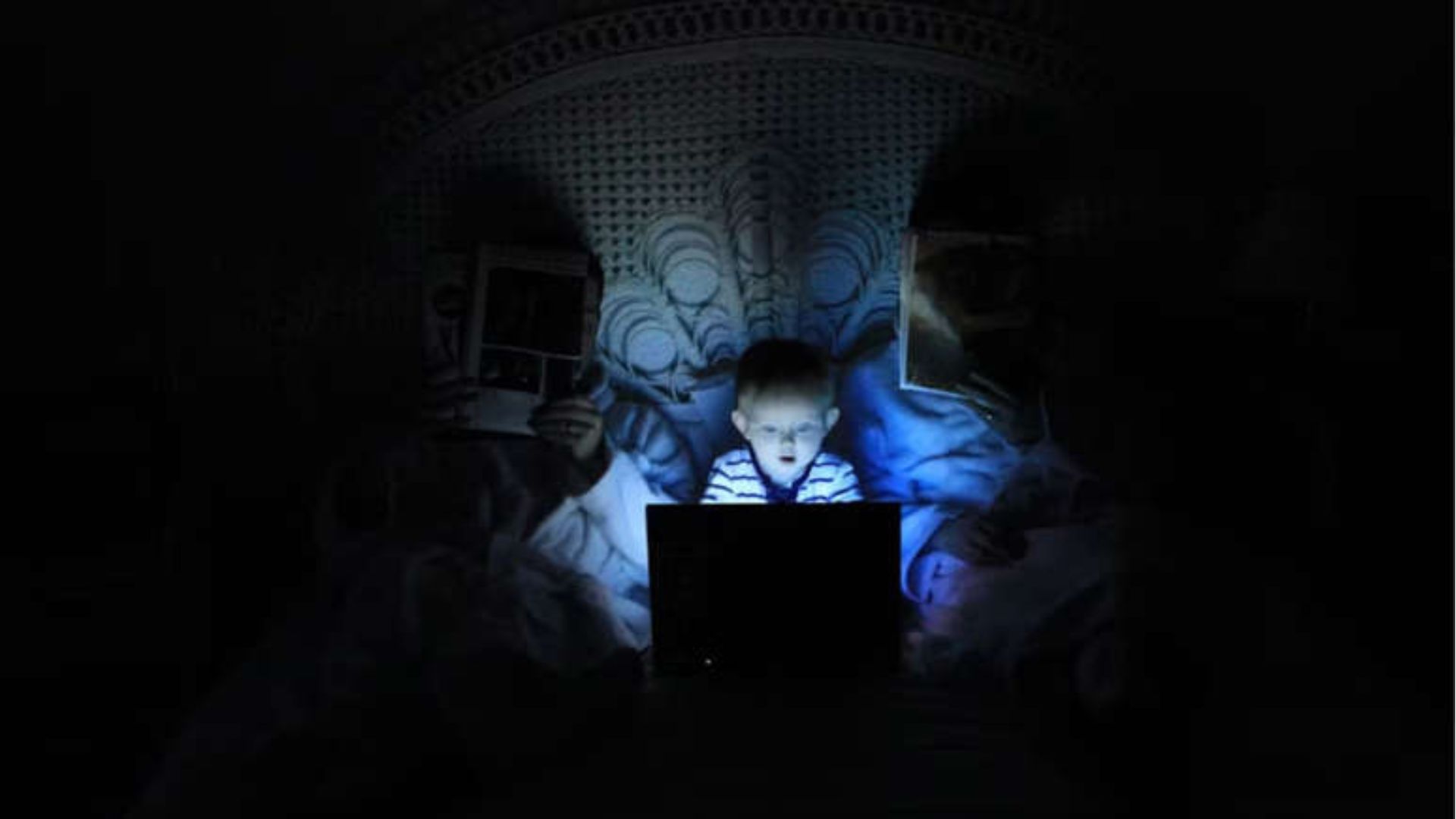
“The mental health crisis among young people is an emergency — and social media has emerged as an important contributor,” argued Vivek H. Murthy in the New York Times this week. In this article he makes the case for a surgeon general’s warning label to be displayed on all social media apps.
Murthy posits, “It is time to require a surgeon general’s warning label on social media platforms, stating that social media is associated with significant mental health harms for adolescents.” Murthy says such a warning “would regularly remind parents and adolescents that social media has not been proved safe.”
Who is The Surgeon General?
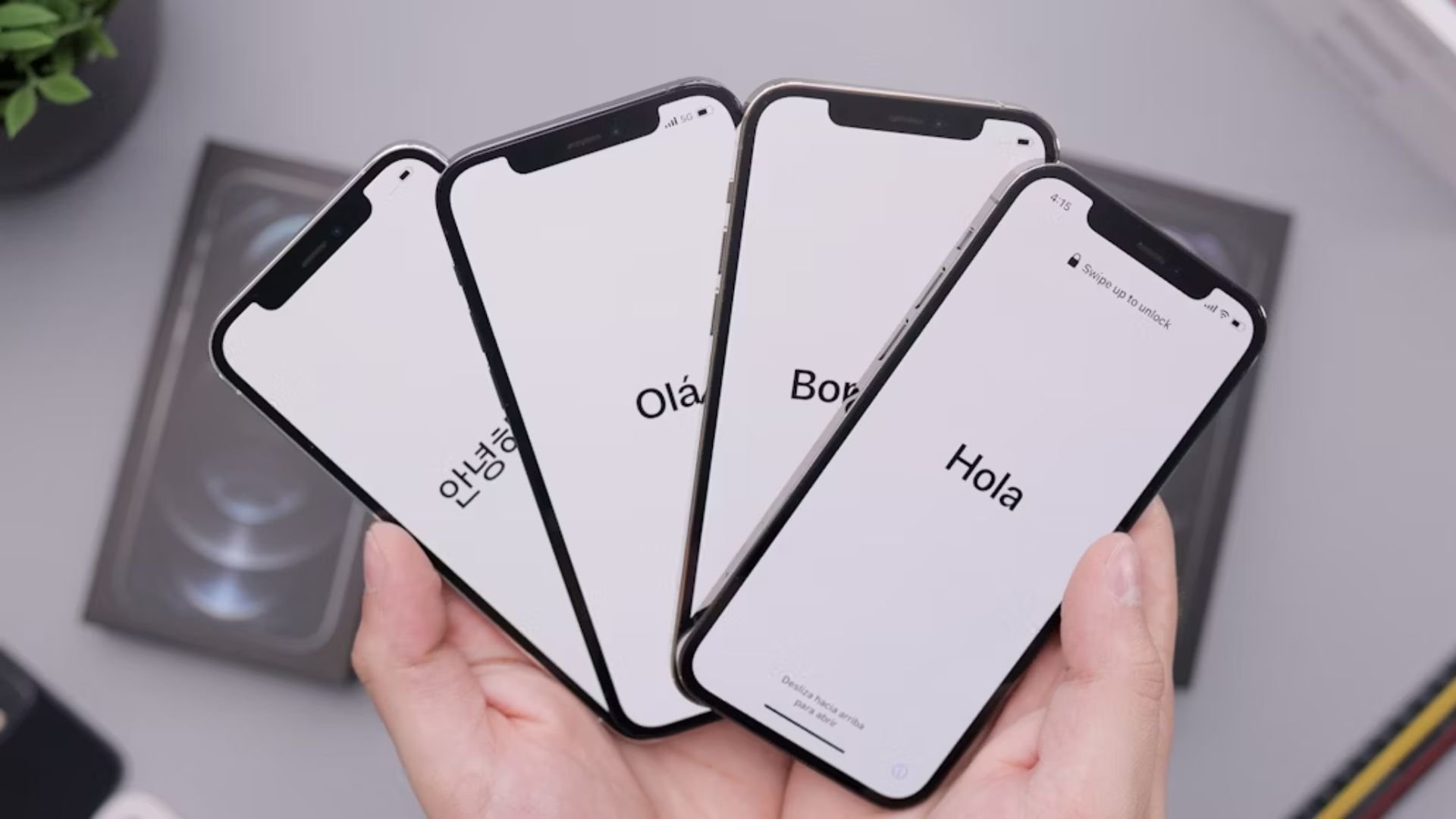
The role of the surgeon general is to be a leading spokesperson on matters of public health importance. Previous surgeon generals have gained attention for drawing attention to AIDS, smoking hazards, and the arguments surrounding drug legalization.
The current surgeon general, Vivek H. Murthy was appointed to the position by President Joe Biden in 2021, and served in the same position under President Barack Obama between 2014 and 2017. Previously, Murthy has led on issues pertaining to clean water, e-cigarettes and the opioid epidemic.
Not All Agree On Social Media Harms
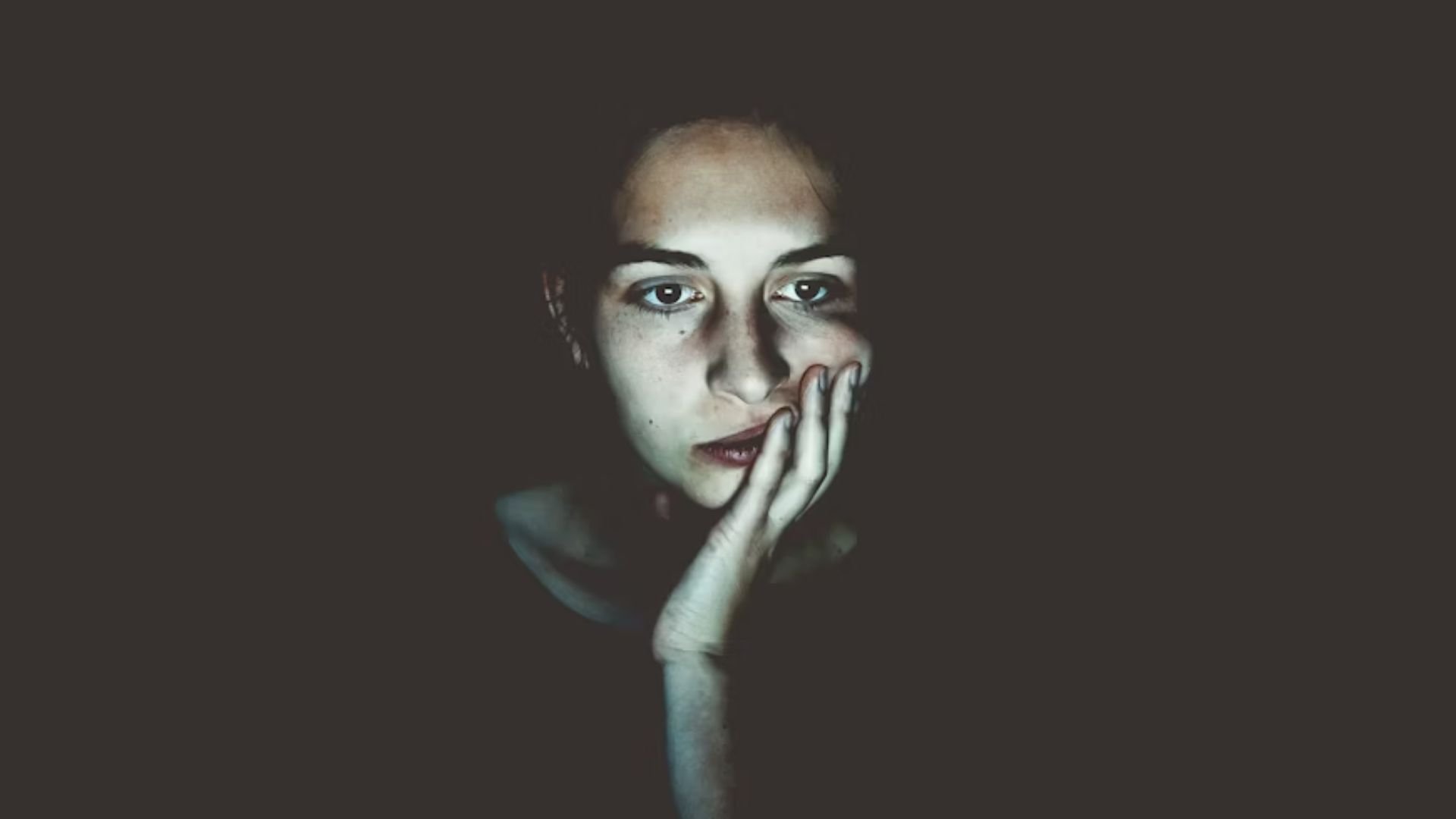
While most people surely believe that spending hours every day on social media isn’t the healthiest use of time, some have argued that too many societal ills are being blamed on excess screen time.
Candice Odgers, a psychology professor at the University of California, argues that there is insufficient evidence to link social media use with mental illness. Others believe that inequality, environmental anxiety, political instability, and the pandemic are more likely to be responsible for upticks in poor mental health.
Online Safety Measures Don’t Always Work
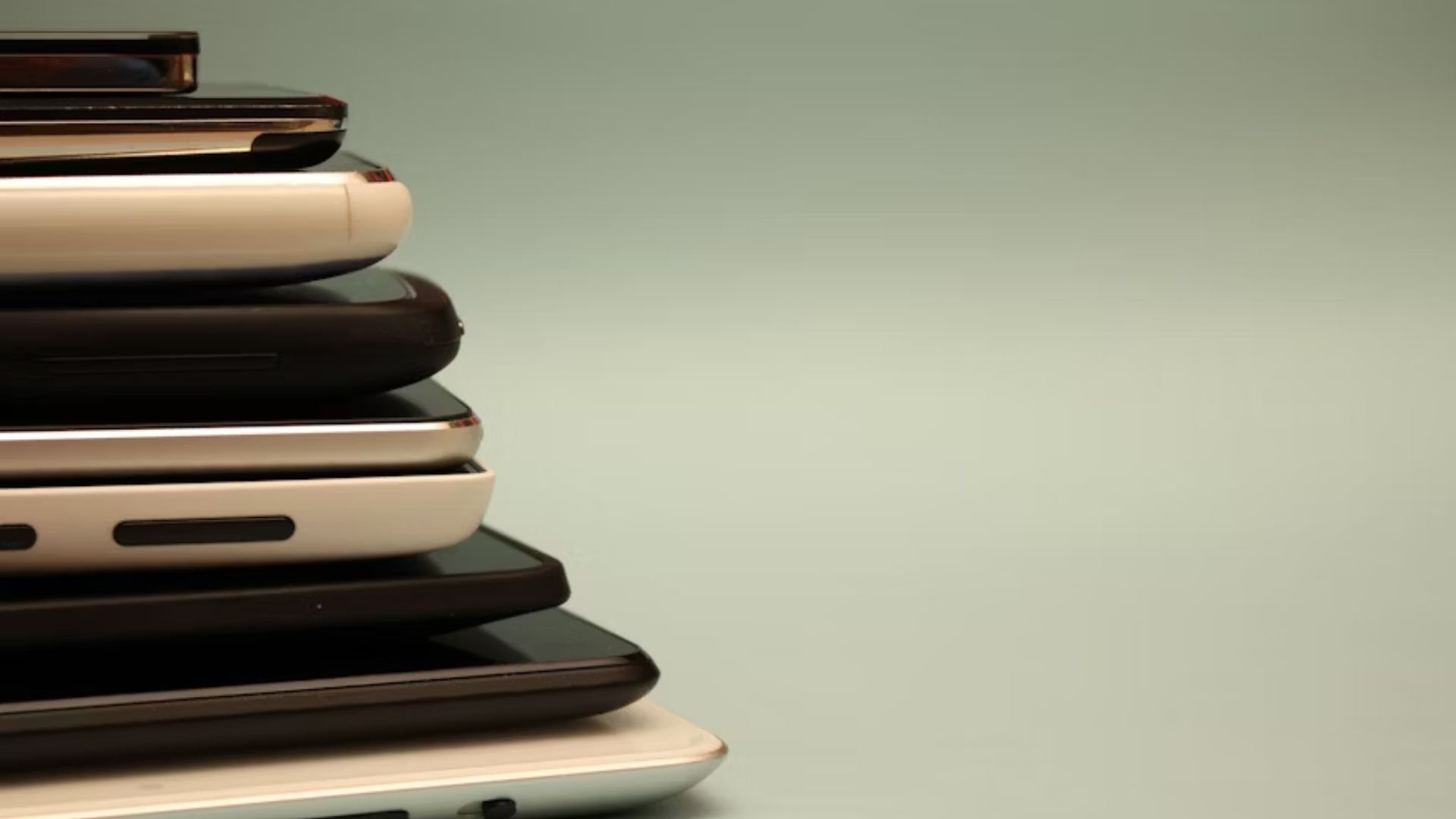
For parents wanting to keep their children safe online, there is a variety of software designed to help them. The most popular of these is Apple’s screen time feature – which is designed to limit the time children spend on devices and prevent them from being exposed to inappropriate content.
However, such software doesn’t always succeed in keeping minors safe. Earlier this month, it was found that a bug in Apple’s screen time feature had allowed children to override restrictions and view X-rated content.
What Should Parents Do?
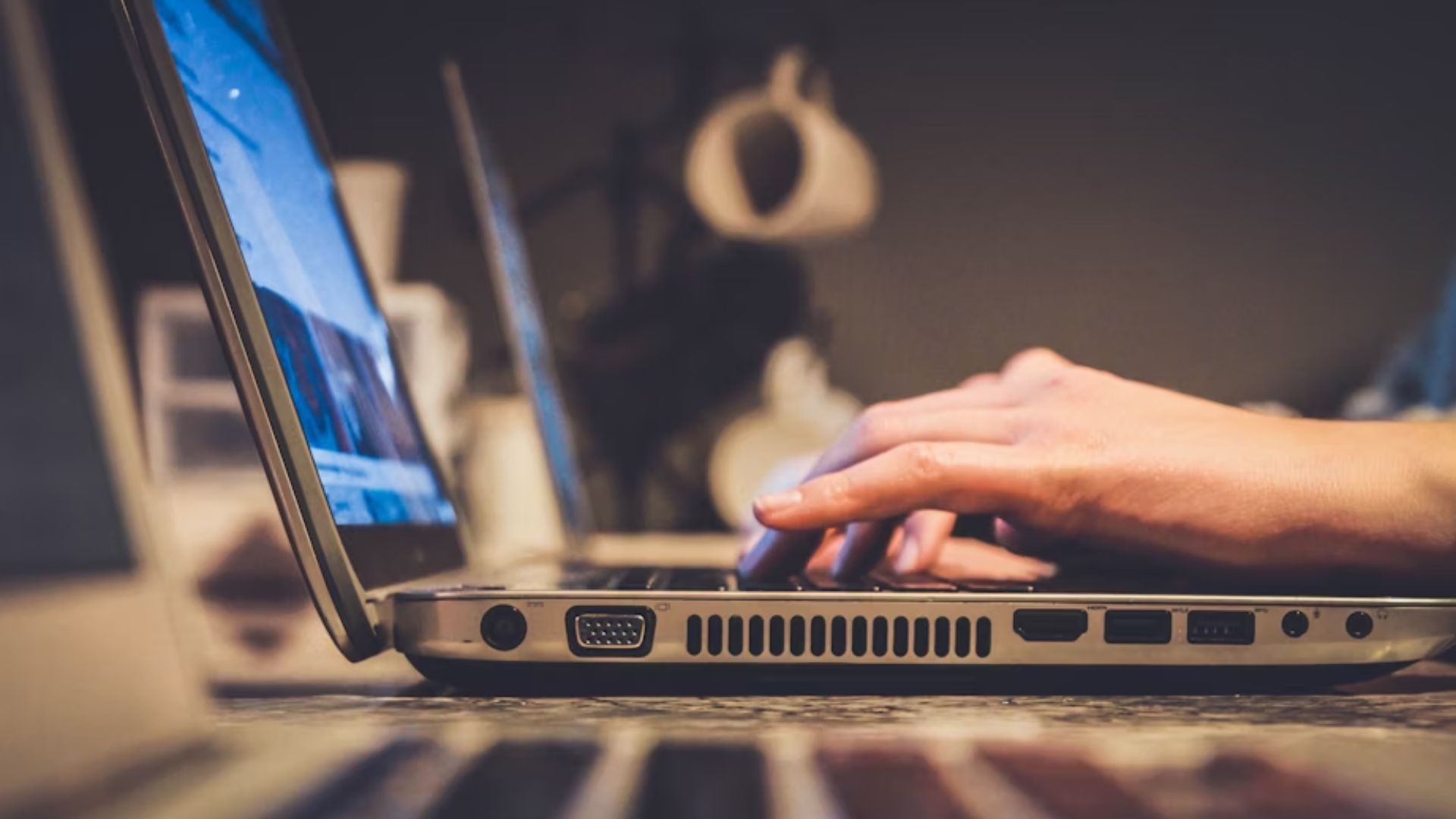
The American Academy of Paediatrics says parents should limit the screen time of children to one-to-two hours a day. Psychologists generally agree that smartphones and tablets should not be allowed in the bedroom overnight.
The American Psychological Association has said that parents should take a hands-on approach to monitoring their children’s social media usage but should also “lead conversations with curiosity, not judgment”.


